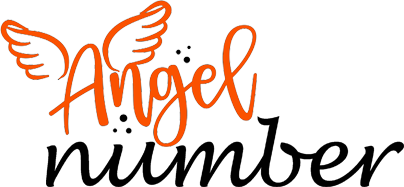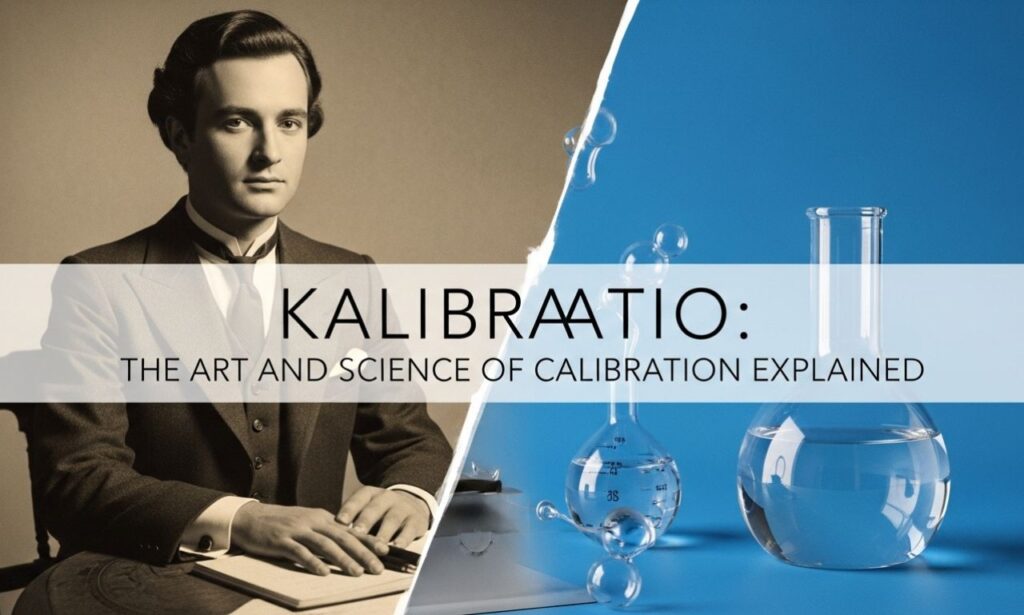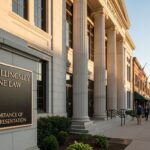Kalibraatio, or “kalibraatio” as it’s known in Finnish, is a term that seems to float under the radar for many. Yet, it plays a crucial role in ensuring accuracy and reliability across various fields. Whether you’re measuring temperature in a lab or calibrating instruments in an aerospace setting, precision matters more than ever.
This blog post delves into the art and science of calibration. We will explore its significance, history, and even the challenges faced along the way. Join us on this enlightening journey through kalibraatio—where numbers meet integrity and technology meets necessity!
What is Kalibraatio?
Kalibraatio, or calibration, refers to the process of adjusting and fine-tuning measuring instruments. It ensures accuracy by comparing an instrument’s output with a standard reference. This is critical in various fields where precision matters.
In essence, kalibraatio establishes confidence in measurement results. Whether it’s a thermometer reading temperature or a scale weighing ingredients, calibration guarantees that data reflects reality.
Different industries rely on this practice for compliance and quality control. From manufacturing to healthcare and environmental monitoring, accurate measurements are non-negotiable.
Without proper kalibraatio, errors can lead to significant consequences. A slight miscalculation might compromise product quality or even endanger lives. Hence, understanding this concept is fundamental for professionals across different sectors who value integrity in their work processes.
The Importance of Calibration in Various Industries
Calibration is crucial across multiple industries, ensuring that instruments produce accurate measurements. In manufacturing, precision can mean the difference between quality products and costly defects. A slight error in measurement might lead to significant financial losses.
In healthcare, calibration ensures medical devices function correctly. Accurate dosages from infusion pumps or precise readings from blood pressure monitors are essential for patient safety. Any deviation can have serious consequences.
The aerospace industry relies on calibration for navigation systems and flight instruments. Safety hinges on reliable data at high altitudes and speeds.
Even in food production, calibration plays a role by maintaining consistent temperatures in storage facilities. This protects product integrity and enhances consumer trust.
Every sector values reliability; thus, regular calibration not only meets regulations but also fosters operational excellence. Investing time in this process ultimately safeguards quality standards across the board.
The History of Calibration and its Evolution
Calibration has roots that trace back to ancient civilizations. Early artisans used rudimentary methods to ensure their weights and measures were consistent. These practices laid the groundwork for more systematic approaches.
As science advanced during the Renaissance, so did calibration techniques. The invention of precise instruments shifted focus toward accuracy in measurements. Standardization became crucial as trade expanded across regions.
By the 19th century, industrial growth demanded stricter calibration protocols. Factories adopted standardized gauges and tools to maintain quality control. This period marked a significant leap towards modern calibration practices.
The advent of electronics in the 20th century introduced new challenges and opportunities. Digital devices required innovative approaches for accurate measurement, leading to specialized calibration methods tailored for technology.
Today, we see an ongoing evolution driven by advancements in automation and software solutions, ensuring precision remains at the forefront of various industries worldwide.
Types of Instruments That Require Calibration
Calibration applies to a wide range of instruments across various sectors. These tools ensure precision and reliability in measurements, crucial for quality control.
One common type is the thermometer. Accurate temperature readings are vital in medical settings and food safety. Regular calibration ensures these devices deliver reliable results.
Another essential instrument is the pressure gauge. In industries like oil and gas, precise pressure measurements can prevent catastrophic failures. Calibration maintains their accuracy over time.
We also find calibration relevant in weighing scales used in laboratories and retail environments. An uncalibrated scale could lead to incorrect dosage or pricing errors, impacting both safety and profits.
PH meters play a critical role in environmental testing and manufacturing processes. Their accuracy affects compliance with regulations regarding chemical usage, making regular calibration indispensable for reliable data collection.
Steps Involved in the Calibration Process
Calibration is a systematic process that ensures the accuracy of instruments. It begins with identifying the device to be calibrated and understanding its specifications.
Next, technicians prepare by gathering necessary tools and standards. These reference standards must be traceable to national or international measurement systems.
The actual calibration involves comparing the instrument’s readings against these reference values. Adjustments are made if discrepancies arise, ensuring measurements align with accepted norms.
Post-calibration checks confirm accuracy. Documentation follows, providing a record for future audits and compliance purposes.
Regular intervals for recalibration should also be established based on usage frequency and industry standards. This step maintains reliability over time, fostering trust in results derived from calibrated instruments.
Common Challenges and Solutions in Calibration
Calibration faces several challenges that can impact accuracy. One common issue is environmental conditions. Fluctuations in temperature and humidity can distort readings, leading to unreliable data.
Another challenge arises from instrument wear and tear. Regular use can cause deviations, making it crucial to have a maintenance schedule in place.
Human error also plays a significant role in calibration inaccuracies. Improper techniques or misunderstandings of procedures may lead to faulty results.
To combat these challenges, implementing rigorous training for technicians is essential. This ensures everyone involved understands the processes thoroughly.
Utilizing automated calibration systems helps reduce human error significantly. These systems offer precision and consistency that manual methods sometimes lack.
Regular audits of equipment and protocols are beneficial too. They help identify potential issues before they escalate, ensuring reliability across all calibrated instruments.
Advancements in Technology for Accurate Calibration
Recent advancements in technology have significantly enhanced the accuracy of kalibraatio. Innovative sensors and software are now able to provide real-time data, allowing for adjustments on-the-fly.
Moreover, automation has revolutionized the calibration process. Automated systems can perform repetitive tasks with high precision, reducing human error. This leads to more reliable measurements across various industries.
The integration of artificial intelligence (AI) into calibration processes is another game-changer. AI algorithms analyze performance trends and predict when recalibration is necessary. This proactive approach minimizes downtime and optimizes equipment lifespan.
Additionally, cloud-based solutions facilitate remote monitoring and management of calibrated instruments. Technicians can access critical information from anywhere, improving efficiency and responsiveness.
These technological strides not only ensure higher accuracy but also streamline workflows in laboratories and production environments alike. As these innovations continue to evolve, they will redefine standard practices for kalibraatio across different sectors.
The Future of Calibration: Predictions and Possibilities
The future of kalibraatio is poised for exciting transformations. As industries adopt smart technologies, calibration will seamlessly integrate with automation and the Internet of Things (IoT).
Imagine devices that self-calibrate in real-time, ensuring optimal accuracy without manual intervention. This shift could significantly reduce downtime and enhance productivity across sectors.
Artificial intelligence will also play a pivotal role. Advanced algorithms can analyze vast data sets to predict when instruments need recalibration, thereby improving reliability.
Moreover, as sustainability becomes a priority, eco-friendly calibration methods are likely to emerge. These innovations promise both efficiency and reduced environmental impact.
Collaboration between engineers and software developers will foster new solutions tailored specifically for complex machinery. The landscape of kalibraatio is evolving rapidly—driven by technology and creativity—shaping how we ensure precision moving forward.
Conclusion
Kalibraatio plays a crucial role in ensuring accuracy and reliability across various fields. As technology advances, the methods and tools for calibration are becoming more sophisticated, allowing for greater precision than ever before. Each industry has its unique requirements, but the importance of standardizing measurements remains constant.
The journey of kalibraatio from its historical roots to modern-day practices illustrates how far we have come. It is fascinating to see how different types of instruments require tailored calibration processes that address their specific functionalities.
As we look toward the future, innovations promise to enhance calibration techniques further. Automation, artificial intelligence, and advanced data analytics will likely transform how we approach this essential practice.
Embracing these changes can lead organizations towards higher standards and improved outcomes—whether you’re involved in manufacturing, healthcare, or any other sector relying on precise measurements. Understanding kalibraatio is not just about compliance; it’s about striving for excellence in every endeavor.






